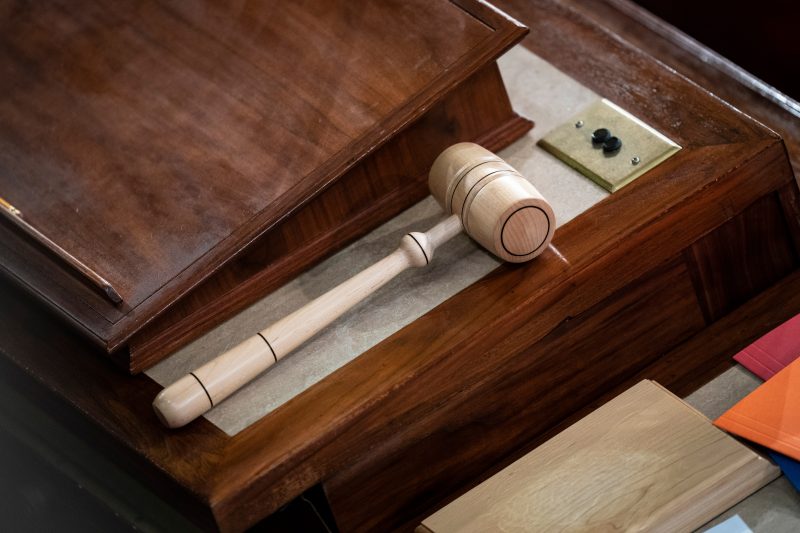There is currently not a speaker of the House. And that fact, however simply stated, is very unusual in American history.
For those who recently arrived on this planet/emerged from an 11-month coma/recently learned how to consume news, allow us to quickly explain the situation. The House of Representatives usually has a speaker, someone given special power to run the chamber. In January, the Republican majority took a while before settling on Rep. Kevin McCarthy (R-Calif.) to hold that position. Then, earlier this month, Rep. Matt Gaetz (R-Fla.) expressed his (perhaps personal) dissatisfaction with McCarthy by calling for a vote on removing him — a process McCarthy had authorized back in January when he was trying to line up votes. To McCarthy’s apparent surprise, he was removed.
The search for the next House speaker
End of carousel
That was more than two weeks ago. Since then, there has been no speaker — the longest such duration while the House is in session in American history.
To be clear, there have been moments before in which the House has not had a speaker, often because the sitting speaker has died. It’s just that those vacancies have overlapped with periods in which the House was adjourned. Or, as was the case in the 36th Congress and earlier this year, it took multiple ballots before a speaker could be elected in the first place.
Using data on speaker tenures and congressional sessions compiled by the House historian, you can see where gaps (shown with gray bars below) exist.
You’ll notice, too, that the House used to have shorter sessions, adjourning for big chunks at a time. Now, it stays in session for longer periods, substituting lengthy vacations (also known as “work periods”) for adjournment.
When Henry Clay resigned as speaker in 1820, he did so at the end of one session, allowing his replacement to be sworn in soon after the next session began. When later speakers died during their terms of service, those deaths often occurred during such gaps. When they didn’t — as was the case with Joseph Byrns in 1936, the House quickly voted for a new speaker as a replacement.
This is a central point. It isn’t just that McCarthy was the first speaker to be removed from his position. It’s that he was removed in part because the traditional manner in which caucus leadership is determined has been broken. It was easier to replace a speaker 100 years ago in part because there was less contention around who might appropriately be next in line for the position.
The extent to which this vacancy is hampering the functioning of government is another question entirely. Recent polling suggests that Americans think the lack of a speaker and the struggle to elect a replacement is hurting the government’s ability to get things done, which is unquestionably true; while the House holds repeated votes on McCarthy’s replacement, it isn’t doing other things. But here again, norms have shifted: The House was already operating at an unusually unproductive pace.
It seems possible — perhaps even likely — that the resolution to the current impasse will be for the House to empower the speaker pro tempore, Rep. Patrick T. McHenry (R-N.C.), with enough power to get the House back to some semblance of normal functioning. The period without a speaker, then, will simply extend until the next session of Congress begins next year or — who knows! — perhaps even further.
So feel free to slip back into that coma for a bit. We’ll update you when you get back up.

